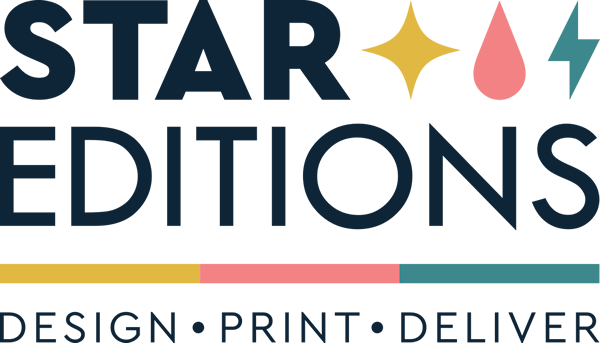Screen printing relies on a mesh, stencil, and ink to apply an image or design onto another material. The first most recognisable form of screen printing dates back to China, more specifically the Song Dynasty (960-1279 AD). However, the screen printing we know today became a more modern practice circa 1911. But, it was not until the work of Andy Warhol during the 1960’s which seriously popularised the printing technique. Today, it is a universal method in fashion, retail, and creative worlds.
How Screen Printing Works
Screen printing, also known as serigraphy or silk printing, is the process of transferring colours and designs via screening.
A number of essentials are required to achieve the optimum outcome, but whether done manually or via machine, the end product should share a similar finish.
-
First of all, the process requires a design. This design will help create the stencil to ensure the correct image gets printed.
-
Depending on the design, the printer needs to prepare the right equipment. For example, design complexity will dictate the meshing required as will the texture of material being printed on.
-
The mesh screen is coated with emulsion which hardens when developed under bright lighting. Here an acetate sheet containing the design gets added which is the foundation of the stencilling.
-
Once the screen has been exposed to enough light for enough time, the area not covered by the design has hardened, leaving the rest of the screen to be washed. Here the stencil is exposed which allows for ink to pass through the mesh.
-
When the screen has dried, it can be applied to a printing press. Below the screen will be whatever you wish to transfer the design onto such as a t-shirt or hoodie.
-
The screen gets lowered downward on the item. Ink is added on the screen and a squeegee pulls the ink over the design area over the stencil to apply said ink.
-
The item then needs to be dried, checked, then washed to ensure a high-quality finish has been achieved.
-
The emulsion from screens then needs to be removed so the process can be repeated with new designs and stencils.
What Is Screen Printing Used For?
Screen printing primarily acts as a means to showcase a design. This design could be in the shape of a company logo, branding, slogging, licensed visual, promotional material; the list goes on and on. The technique offers great versatility, both in terms of industry and materials.
You may also be interested in: What is Digital Printing?
Advantages & Disadvantages of Screen Printing
Since its origins, the technique has evolved but the key principles have remained the same. Due to the nature of this printing technique, both pros and cons have since emerged.
Pros
Affordable for large quantity productions.
The ink and pressure creatures durable designs.
Designs are easily scalable.
Screen printing can accommodate a wide range of materials.
Cons
One colour can be printed at a time. Multiple screens are required to produce a multicoloured designs.
Screen printing is a multistep process so takes more time to set up.
Screen limitations mean that smaller, intricate designs are more difficult to create and ultimately transfer.
Difficult to reproduce fine art or rich photography.
Who are the Leading Screen Printers?
At Star Editions, we specialise in screen printing, digital printing and bespoke wholesale proposals for the trade and offer wholesale prices on all printed products such as t-shirts, tea towels, tote bags, water bottles and more. Whether you’re a brand or if this is your first ever print job, or if you fall somewhere in between, we would be delighted to discuss your project with you and look forward to wowing you at the earliest opportunity. Using our years of expertise and experience, we can guide you through your project, finding the right solution for you – On Brief, On Budget and On Time.
